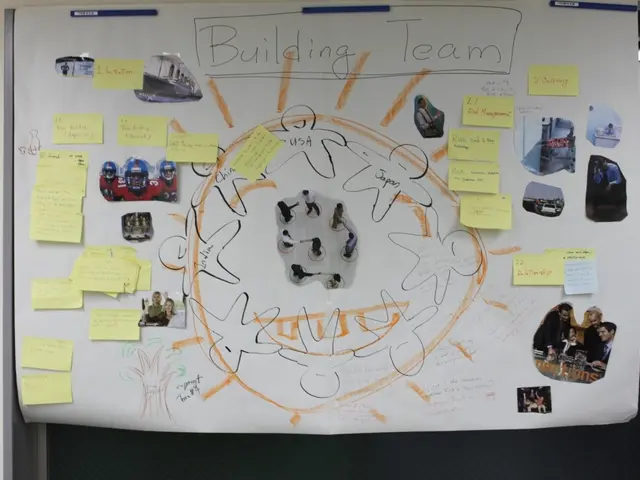Guidelines for enthusiasts preparing for summer 2024
In today's world, maintaining a balanced fitness plan is crucial for overall health and well-being. This guide offers key elements and tips for designing a fitness routine that incorporates gym membership, nutrition, wellness, and new sports.
Finding the Right Gym
Choosing the right gym is essential for a successful fitness journey. Look for a gym that offers a variety of equipment and classes aligned with your interests, such as weights, cardio machines, group classes, and sports facilities. Consider factors like location, hours of operation, cleanliness, staff qualifications, and community atmosphere. Try short trial memberships or day passes to evaluate the environment and amenities before committing.
Creating a Structured Workout Plan
A structured workout plan is vital for achieving fitness goals. Use the SMART goals framework to set Specific, Measurable, Achievable, Relevant, and Time-bound fitness objectives. Include balance in your exercises, focusing on strength training, cardiovascular exercises, flexibility and mobility work, and incorporating interval training for efficiency and effectiveness.
Nutrition and Diet Improvement
A balanced diet is essential for fueling workouts and recovery. Focus on a diet rich in protein, complex carbohydrates, healthy fats, and plenty of fruits and vegetables. Consider consulting a nutritionist for personalized dietary advice aligned with your fitness goals. Track your diet using apps or food journals to monitor nutrient intake and identify areas for improvement.
Incorporating Wellness Practices
Wellness practices play a significant role in a holistic fitness approach. Prioritize rest and recovery with adequate sleep and active recovery days. Include mindfulness, stress reduction techniques such as meditation or light yoga to enhance mental health. Hydrate consistently and manage overall lifestyle habits to support fitness progress.
Trying New Sports
Trying new sports can help prevent boredom and keep motivation high during a fitness journey. Identify sports or activities you enjoy or want to learn—this enhances workout enjoyment and adherence. Look for local clubs, classes, or community groups offering beginner sessions. Use the gym’s facility or nearby sports centers to access new sports like swimming, basketball, or racquet sports.
Tracking Progress
Tracking progress is crucial for maintaining motivation and preventing monotony in training. Use measurable metrics such as strength (weights lifted), endurance (distance or time), body measurements, or fitness tests. Regularly reassess goals and progress every few weeks. Consider using fitness apps or wearables to log workouts, nutrition, and wellness markers.
By combining gym workouts targeting power, strength, conditioning, core training, and metabolic finisher components with balanced nutrition and wellness, and incorporating sports you enjoy, you get a holistic and sustainable fitness plan.
Summary Table:
| Component | Key Actions | Tips & Tools | |--------------------|----------------------------------------------|-------------------------------------| | Gym Membership | Choose gym with varied equipment/classes | Trial visits, check for convenience | | Workout Plan | Combine strength, cardio, flexibility | SMART goals, interval training | | Nutrition | Balanced macronutrients and hydration | Nutritionist, tracking apps | | Wellness | Sleep, stress management, recovery | Meditation, active recovery days | | New Sports | Engage in enjoyable sports activities | Join clubs or classes | | Progress Tracking | Monitor via measurements, fitness apps | Regular reassessments |
This multifaceted approach ensures your fitness plan is balanced, enjoyable, and effective.
- To sustain overall health and well-being, incorporate elements of science, health-and-wellness, fitness-and-exercise, and lifestyle into your fitness routine.
- A balanced diet, regular wellness practices, new sports, tracking progress, and a structured workout plan (including strength training, cardiovascular exercises, and flexibility work) are key components of a science-based fitness-and-exercise regimen that can improve your lifestyle.







